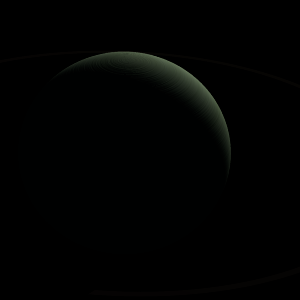|
|
Space Astro
|
Info for exoplanet "Biste"
| Scientific (actual) data |
|---|
| Name | OGLE-2017-BLG-1275 b |
| Planet status | Confirmed |
| Planet mass | 5.9 |
| Semi major axis | 2.09 |
| Discovered | 2023 |
| Updated | 2023-07-26 |
| Publication | Published in a refereed paper |
| Detection type | Microlensing |
| Mass measurement type | Microlensing |
| Alternate names | KMT-2017-BLG-0314 |
| Star name | OGLE-2017-BLG-1275 |
| Right ascension | 267.92° |
| Declination | -29.5° |
| Star distance | 7690 |
| Star mass | 0.63 |
| Star alternate names | KMT-2017-BLG-0314 |
| Wikipedia article | OGLE-2017-BLG-1275 b |
Back
| |
| Fictional info (?) |
|---|
| Suggested name | Biste |
| Planet type | Large cold gas giant |
| The volume of water detected has been estimated to be equivalent to the volume of water in Lake Superior. |
| Atmosphere | Formaldehyde | 32% |
| Hydrogen peroxide | 28% |
| Ethane | 27% |
| Ozone | 9.5% |
| Ammonium hydrosulfide (NH4SH) | 3.3% |
| Krypton | 0.047% |
| 2H2O | 0.0066% |
| Atmospheric pressure | 10 bar |
 |
| No known satellites |
| Google search for Biste |
|
Website by Joachim Michaelis
|
|
|
|